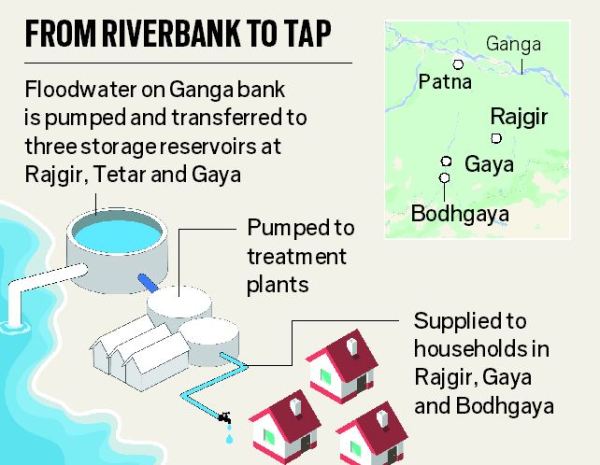World Bank not satisfied with work on Kosi flood recovery project
2 min readPatna: The implementation of Bihar Kosi flood recovery project is unsatisfactory, said World Bank in its midterm review of the project.
“The overall progress continues to remain slow due to continued lack of implementation and monitoring capacity even though the Bihar Aapda Punarvas Evam Punarnirvan Society (BAPEPS) has now deployed substantial staff in the field for monitoring of the housing component,” said World Bank India spokesperson Nandita Roy.
In an email reply to TOI, the spokesperson said: “Out of a target of 1,00,000 houses as of now, only 12,500 have been completed while 25,000 are at various stages of completion. All the 70 bridges and 37 roads contracts have been awarded and construction is on. Majority of these works are expected to be completed by June 2014. In addition, work on embankment strengthening and restoration of three channels has now begun while award of contract for technical studies is still underway.”
The $220 million credit was approved on September 09, 2010, and became effective on March 08, 2011. The project will close in September 2014, according to Roy.
The midterm review of the project was undertaken by the bank during October 20- 25, 2013 and it stressed the need of further restructuring of the project.
The project was restructured in June, 2013 with changes in three components. Flood management component was enhanced to accommodate the priority works for embankment strengthening. Allocation for the housing component was enhanced to cover the cost of toilets and livelihood component was curtailed and shifted to other similar ongoing projects in the state.
The project development objective is to support flood recovery as well as future oriented risk reduction efforts of the government of Bihar through (i) reconstruction of damaged houses and road infrastructure; (ii) strengthening the flood management capacity in Kosi Basin; (iii) enhancing livelihood opportunities of the affected people and; (iv) improving the emergency response capacity for future disasters.
Courtesy: TNN


